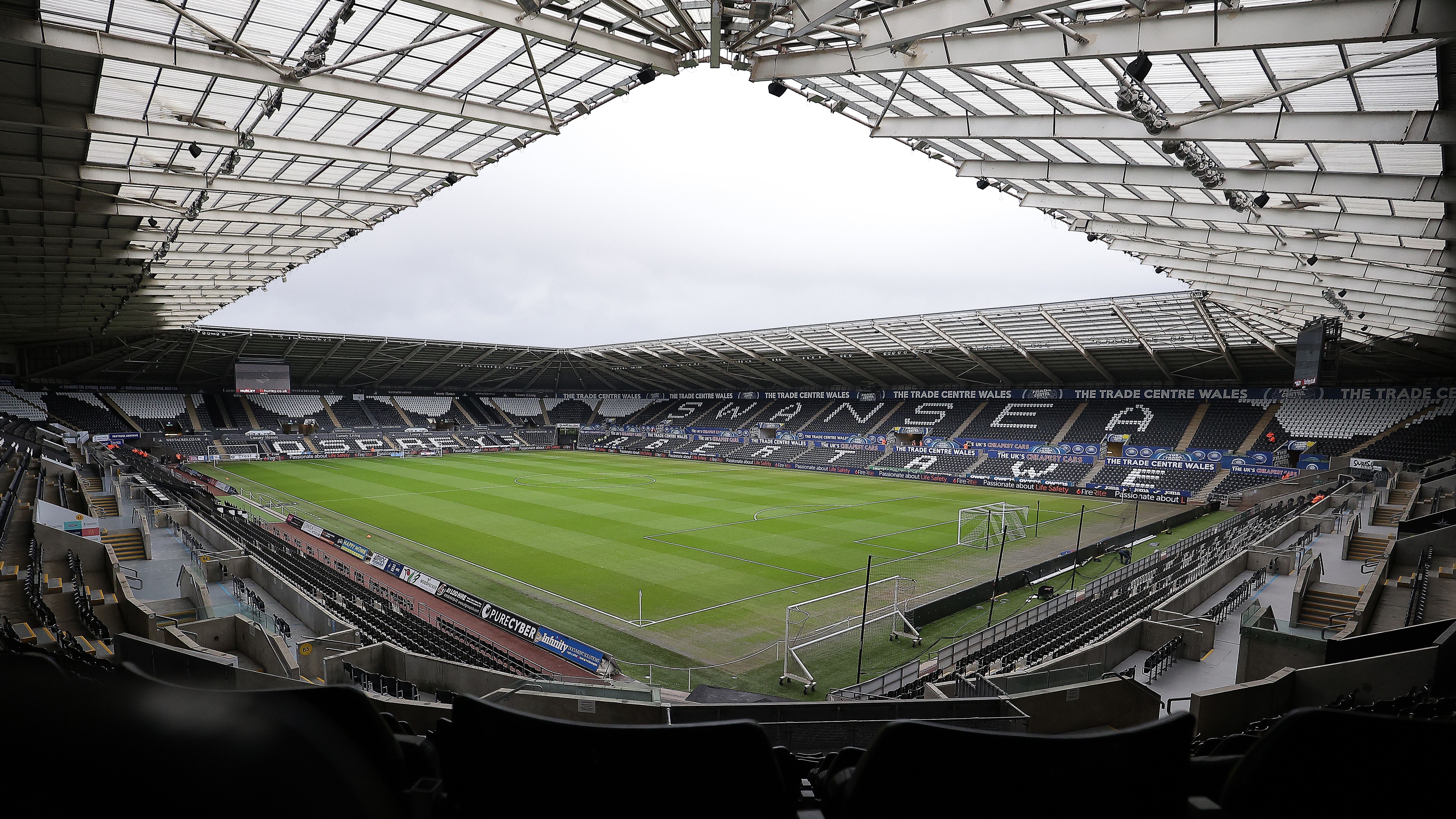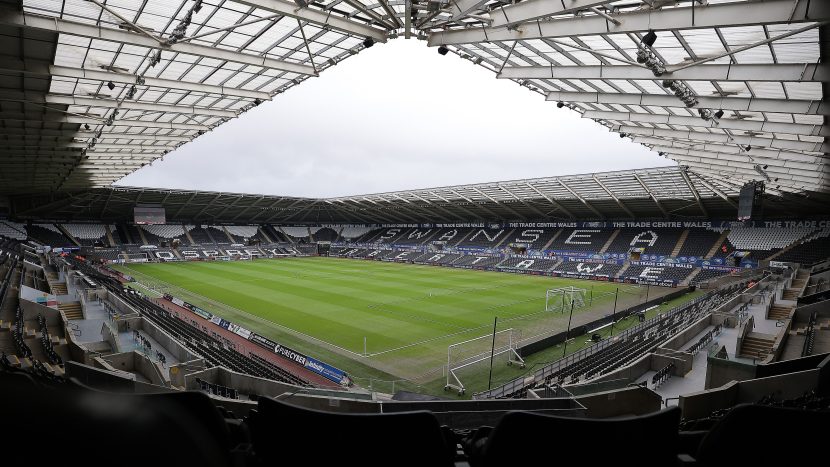Numerous stadiums, including the Golden 1 Center, have achieved LEED Platinum certification, the highest standard for sustainable buildings. This recognition underscores their commitment to eco-friendly practices. Sustainable efforts by stadiums are regularly recognized with awards such as the Green Sports Alliance Innovator Award, motivating continued progress in this critical area. Solar Energy Systems: Powering Stadiums […]

Numerous stadiums, including the Golden 1 Center, have achieved LEED Platinum certification, the highest standard for sustainable buildings. This recognition underscores their commitment to eco-friendly practices.
Sustainable efforts by stadiums are regularly recognized with awards such as the Green Sports Alliance Innovator Award, motivating continued progress in this critical area.
Solar Energy Systems: Powering Stadiums with the Sun
Some venues, like Coors Field in Denver, partner with local organizations for community recycling drives. These events encourage broader participation in sustainability efforts.
Wembley Stadium in London has implemented an extensive recycling program that processes 86% of its waste. The program includes sorting stations for food waste, plastics, and other recyclables, ensuring minimal landfill contribution.
Water Conservation: Reducing Usage Across Facilities
Many stadiums host sustainability awareness programs, educating fans about the importance of reducing their carbon footprint. These initiatives often include tours displaying green technologies in action.
Green roofs also promote biodiversity by providing a habitat for birds and insects. The biodiversity aspect of these roofs enhances urban ecosystems, making them a win-win solution for sustainability.
Waste Management: Tackling Stadium Waste
Sustainability has become a critical focus across industries, and sports are no exception. Major stadiums worldwide are now implementing innovative strategies to reduce their environmental impact while maintaining high-quality fan experiences. These efforts include renewable energy installations, water conservation systems, and waste reduction initiatives. This article explores how sports arenas are transforming into greener spaces, highlighting key names, initiatives, and statistics that demonstrate the sports industry’s commitment to sustainability.
Stadiums like the State Farm Arena in Atlanta use smart technology to monitor energy consumption in real-time. This data-driven approach helps identify inefficiencies, optimizing energy usage.
Green Roof Technology: Cooling and Energy Efficiency
The Golden 1 Center in Sacramento incorporates low flow plumbing fixtures, resulting in a 45% reduction in water usage compared to traditional stadiums. Such systems are instrumental in creating sustainable arenas without compromising functionality.
MetLife Stadium in New Jersey uses an advanced water recycling system that saves up to 25 million gallons of water annually. This innovative approach reduces the environmental impact while cutting costs.
Transportation Initiatives: Reducing Fan Carbon Footprints
Stadiums like the Barclays Center in Brooklyn have embraced green roof technology. The vegetative roof enhances energy efficiency by reducing heating and cooling demands, contributing to the venue’s LEED certification.
Stadiums such as AT&T Stadium in Dallas have transitioned to LED lighting systems, achieving energy savings of up to 75%. These systems are also more durable, reducing maintenance costs.
Encouraging Sustainability Through Merchandising
Advanced climate control systems automatically adjust heating and cooling levels based on occupancy, ensuring comfort without wasting energy.
Energy-Efficient Lighting: Illuminating Responsibly
The transformation of sports arenas into greener spaces exemplifies the power of innovation and commitment to sustainability. From renewable energy installations to community engagement, these efforts not only reduce carbon footprints but also inspire millions of fans worldwide. By supporting these initiatives, whether through eco-friendly merchandise or choosing public transport, fans play a crucial role in creating a more sustainable future for sports.
As technology evolves, stadiums are exploring cutting-edge solutions like carbon capture systems and energy storage batteries. These innovations hold the potential to revolutionize sustainability in sports.
Smart Technologies: Optimizing Operations
Sports teams are encouraging fans to adopt sustainability through eco-friendly merchandise. By purchasing products made from recycled materials, fans contribute to reducing the industry’s environmental footprint. To access the latest sustainable sports gear, fans can use the Fanatics Promo Code for discounts on their purchases, ensuring affordability aligns with environmental responsibility.
Stadiums like Levi’s Stadium in California are leading the charge in using solar power. Levi’s Stadium features a 375-kW solar energy system capable of generating enough electricity annually to power 1,200 homes. This system includes solar panels installed on pedestrian bridges and the stadium roof, setting an example for clean energy use.
Community Engagement: Spreading Awareness
Seattle’s Climate Pledge Arena has set a benchmark with its zero-waste goal. By using compostable materials and banning single-use plastics, it diverts 97% of waste from landfills, highlighting what is achievable with rigorous planning.
Stadiums like Allianz Arena in Munich provide seamless public transit options by integrating ticketing systems. Approximately 70% of fans arrive via public transport, reducing emissions linked to personal vehicle use.
Certifications and Accolades: Recognizing Efforts

The Philadelphia Eagles’ Lincoln Financial Field offers over 100 EV charging stations, encouraging fans to opt for eco-friendly transportation options.
Future of Green Stadiums: Setting New Standards
Beyond energy savings, LED lighting creates better visual effects during games and events, improving the overall spectator experience while prioritizing sustainability.
The Mercedes-Benz Stadium in Atlanta boasts 4,000 solar panels, producing over 1.6 million kWh of electricity annually. This renewable energy supply powers not only the stadium but also surrounding facilities, displaying how solar investments can extend beyond sports venues.
Conclusion
The global push for net-zero emissions by 2050 has encouraged stadiums to adopt long-term environmental strategies, ensuring they remain ahead in the sustainability race.


















 @Boston Celtics #NBA #Basketball #Celtics #JaysonTatu…
@Boston Celtics #NBA #Basketball #Celtics #JaysonTatu…
 #NBA #basketball #NBAXmas #Jalen…
#NBA #basketball #NBAXmas #Jalen…






 #McLaren #F1 #Gingerbread #CapCu…
#McLaren #F1 #Gingerbread #CapCu…
















 CMA Members get access to my “AXEL TECHNIQ…
CMA Members get access to my “AXEL TECHNIQ…
 #rugby #haka
#rugby #haka










